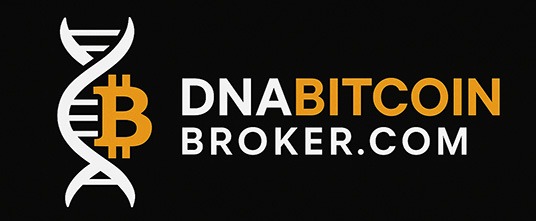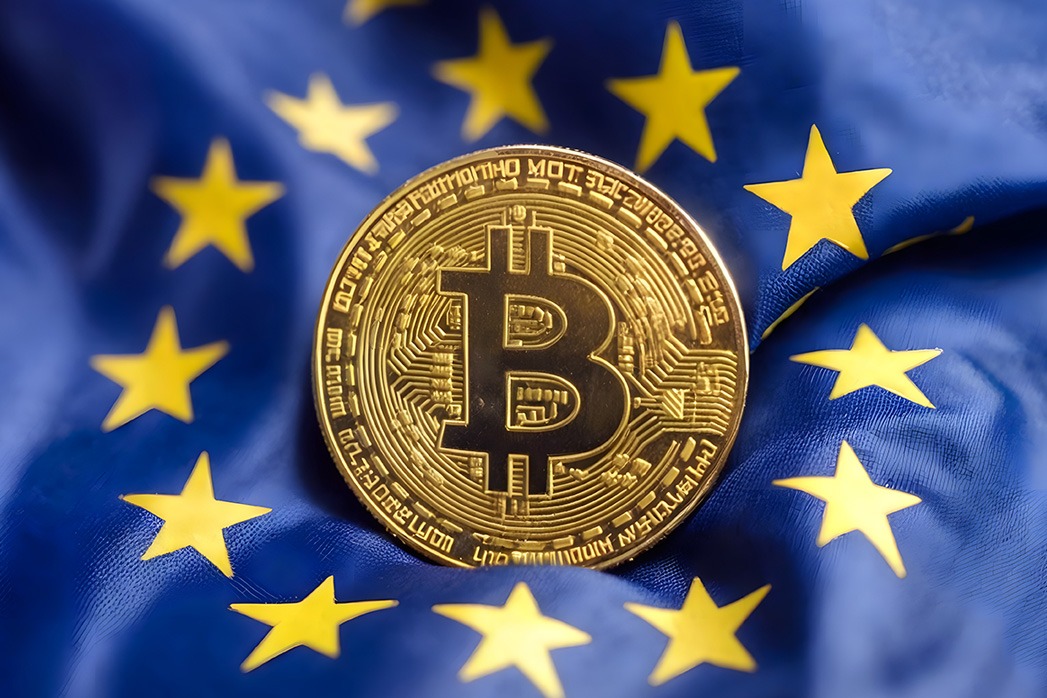Bitcoin as Digital Gold 2.0: How Europe’s Institutions Are Rewriting the Rule Book
“Bitcoin isn’t an alternative asset — it’s an alternate foundation.” — DNA Crypto.
For more than a decade, Bitcoin has been compared to gold. What began as a metaphor, “digital gold”, is now becoming a structural investment thesis inside boardrooms, sovereign funds, treasury departments, and regulated institutions across Europe.
But the story is bigger than Bitcoin competing with gold. It’s about how Europe is rethinking the entire idea of a reserve asset, of financial resilience, and of what money will look like in the next era of economic sovereignty.
This shift is accelerating faster than anyone predicted.
Why Europe Is Moving Toward Bitcoin
Institutional investors in the EU historically leaned on gold, government bonds, and blue-chip equities for stability. But with persistent inflation, currency debasement across multiple economies, and geopolitical strain on traditional reserves, European firms have begun exploring alternative stores of value.
Several macro forces are converging:
1. Inflation-resistant balance sheets
Eurozone inflation may have cooled, but monetary expansion hasn’t reversed. Institutions are seeking assets that cannot be printed.
2. MiCA has created predictable regulation
With MiCA fully in effect, Bitcoin is now the most clearly regulated digital asset in Europe. This alone has unlocked institutional participation that wasn’t possible under fragmented national rules.
3. ETFs have normalised Bitcoin for professionals
The US and Europe have now mainstreamed Bitcoin ETFs. Even if firms do not yet buy spot BTC, the ETF market has reframed Bitcoin as an institutional-grade asset.
4. Sovereign accumulation has changed the narrative
As documented across global news channels and reinforced in our own Bitcoin education hub, the US, El Salvador, Bhutan, and others have formal Bitcoin reserves. Large economies could follow.
When sovereign nations start buying, corporate adoption follows.
Europe’s “Digital Gold” Moment
While gold maintains its role as the world’s oldest store of value, Bitcoin offers three advantages that modern institutions increasingly prefer:
1. Absolute scarcity, 21 million forever
No central bank can dilute Bitcoin’s supply. This has never existed in financial history.
2. Programmable portability
Bitcoin moves across borders in minutes, without settlement intermediaries.
3. Deepening liquidity and institutional rails
OTC brokers, custodians, and compliant infrastructure, including firms like DNA Crypto, now give institutions safe, insured, regulated ways to acquire and store Bitcoin.
Gold and Bitcoin are not competitors. They are complementary tools for different eras. Gold protects the past. Bitcoin protects the future.
How Institutions in Europe Are Accumulating
From our observational data and conversations across the DNA Crypto OTC desk, institutional strategies fall into four categories:
Dollar cost averaging via regulated brokers, Balance sheet diversification (1–5% exposure),
Hedging inflation or FX risk via Bitcoin, Strategic long-term reserves held in cold storage
Many of these techniques mirror the approach taken by European wealth managers, as explored in recent content on our Knowledge Hub, including articles such as How to Accumulate Bitcoin Privately, Why Institutions Prefer OTC Trading, and Bitcoin for Treasury Diversification, especially on such issues as Discreet Bitcoin Accumulation and Why Institutions Prefer OTC Trading.
What This Means for the Future
As Europe tightens compliance and clarifies regulatory parameters, Bitcoin is transitioning from a speculative asset into a structured financial instrument.
It is no longer a bet.
It is insurance.
It is digital sovereignty.
And institutions across the continent are finally treating it that way.
Image Source: Adobe Stock
Disclaimer: This article is for informational purposes only and does not constitute legal, tax, or investment advice.

